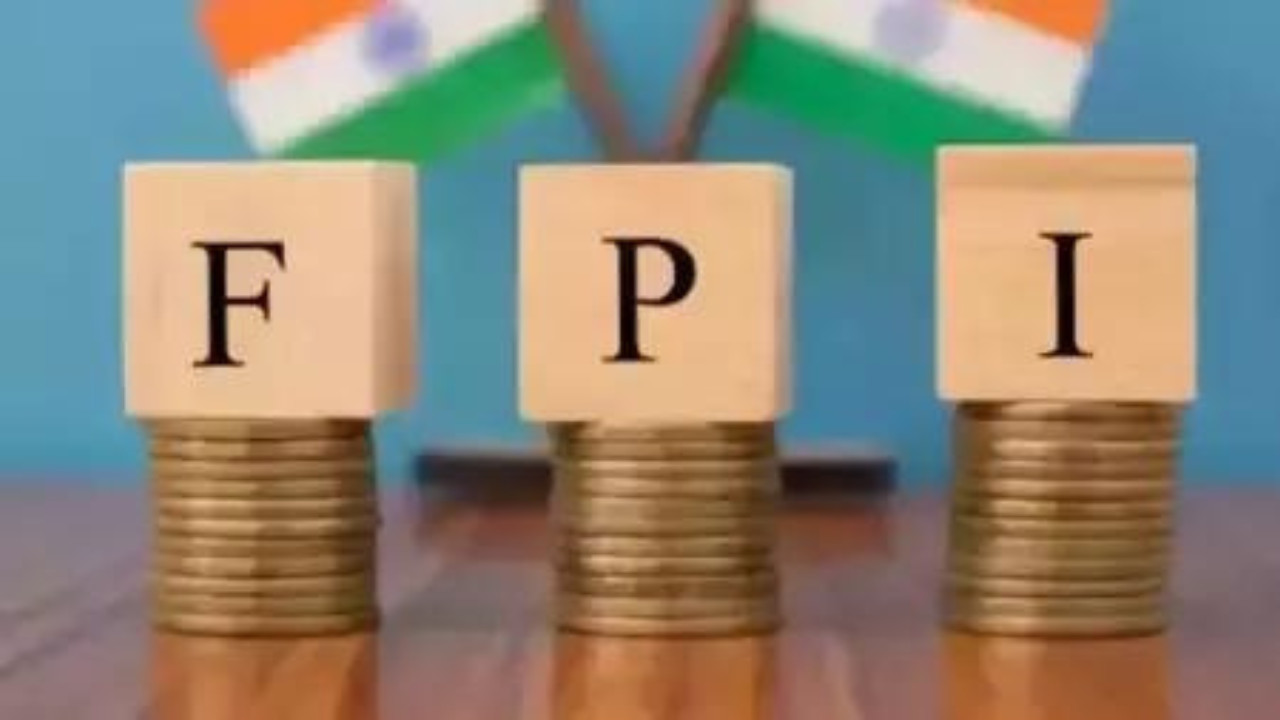Foreign portfolio investors (FPIs) injected Rs 3,346.94 crore into Indian equity markets this week, boosted by the RBI’s interest rate reduction. However, escalating geopolitical tensions between Israel and Iran led to a significant withdrawal of Rs 3,275.76 crore on Friday.
Is the Tide Turning? Foreign Investors Dip Their Toes Back into Indian Shores
For weeks, it felt like foreign investors had packed their bags and skipped town, leaving the Indian stock market feeling a bit…lonely. We saw a steady outflow, a general reluctance to commit. But hold the phone – the winds might just be shifting. We’ve seen a noticeable uptick in Foreign Portfolio Investment (FPI) recently, with a net inflow of ₹3,346 crore into Indian equity markets. That’s a chunk of change, and it begs the question: what’s behind this sudden change of heart?
Let’s unpack this a bit. After a period of consistent selling, it seems foreign investors are starting to see some renewed promise in the Indian growth story. Several factors likely contribute to this, but one element seems to be the key: the Reserve Bank of India’s (RBI) decision to cut interest rates.
Think of it like this: lower interest rates make borrowing cheaper. This, in turn, stimulates economic activity. Companies are more likely to invest, consumers are more likely to spend, and the whole economy gets a little jolt of energy. For foreign investors, this translates to potentially higher returns on their investments in Indian companies. If the cost of doing business is lowered, companies are often more likely to see higher profits, which makes the Indian equity market a more attractive proposition.
The RBI’s move could be interpreted as a vote of confidence in the Indian economy’s ability to handle growth. It signals that the central bank is willing to prioritize growth, even if it means tolerating slightly higher inflation. This willingness to take a calculated risk can be alluring to investors, who are constantly seeking opportunities to maximize their returns.
Beyond the rate cut, there’s a broader narrative at play. The Indian economy, despite facing global headwinds and internal challenges, continues to show resilience. While other nations are wrestling with full-blown recessions or stagnant growth, India’s projected growth figures, though adjusted, remain comparatively robust. This relative stability, coupled with the potential for significant long-term growth, makes India a compelling destination for foreign capital.
It’s not just about abstract macroeconomic indicators, either. The political landscape in India, while often turbulent, provides a degree of predictability that is reassuring to international investors. A stable government, with a clear mandate and a focus on economic reforms, can create a conducive environment for investment. While debates will continue about the pace and direction of these reforms, the general direction of travel is something investors can seemingly get on board with.
Now, let’s not get carried away. This inflow, while encouraging, doesn’t necessarily herald a complete turnaround. The global economic outlook remains uncertain, and various factors could still dampen investor sentiment. Geopolitical tensions, rising commodity prices, and concerns about a global recession are just some of the potential headwinds that could derail this nascent recovery.
Furthermore, the Indian stock market, like any other, is prone to volatility. A sudden correction or a negative surprise on the economic front could easily trigger another round of FPI outflows. It’s crucial to remember that foreign investors are often driven by short-term considerations and can be quick to react to perceived risks.
So, what does this mean for the average investor? First, it’s a good reminder to stay informed and not get swept up in hype, positive or negative. Market sentiment can be fickle, and it’s important to make investment decisions based on sound research and a long-term perspective.
Second, this inflow could be a sign that the Indian stock market is undervalued and offers attractive investment opportunities. However, it’s crucial to do your due diligence and invest in companies with solid fundamentals and strong growth prospects. Don’t chase after short-term gains based solely on market momentum.
Finally, it’s worth keeping a close eye on the RBI’s policy decisions and the overall macroeconomic environment. Any further easing of monetary policy or positive economic data could further boost FPI inflows and drive the Indian stock market higher.
In conclusion, the recent inflow of FPI is a welcome development for the Indian equity markets. While caution is still warranted given the global economic uncertainty, it does suggest a renewed confidence in the Indian growth story. Whether this is a fleeting moment or the beginning of a sustained trend remains to be seen. However, one thing is clear: India’s economic future continues to be a topic of intense interest and debate on the global stage. For now, it appears the narrative is shifting, and that’s something to take note of.
📬 Stay informed — follow us for more insightful updates!







